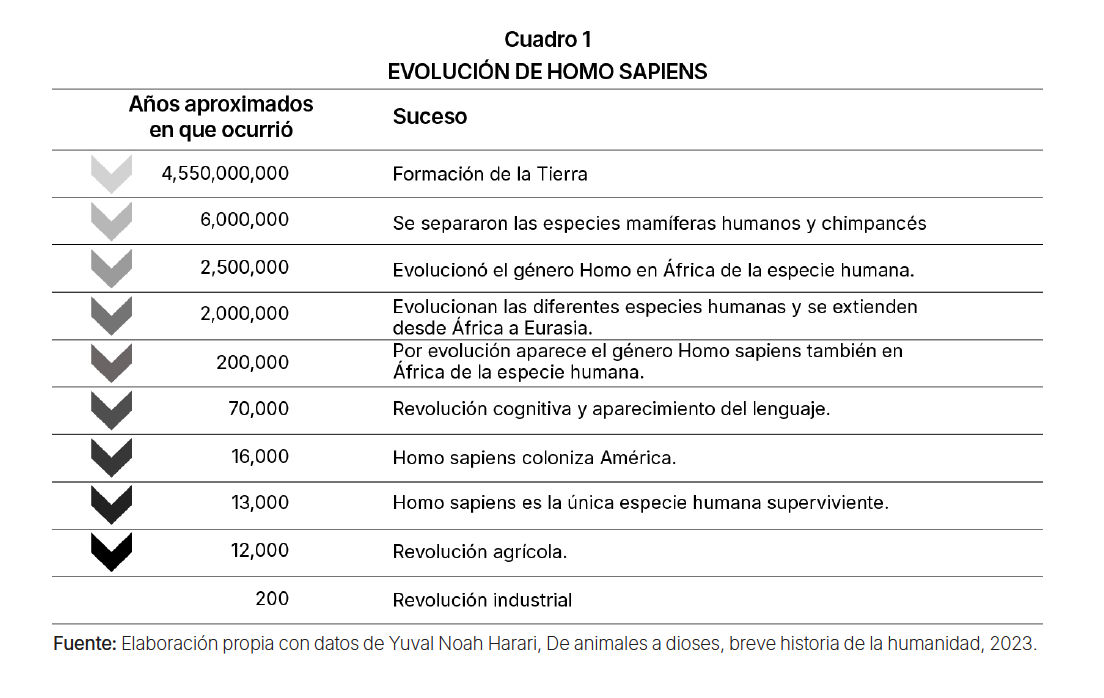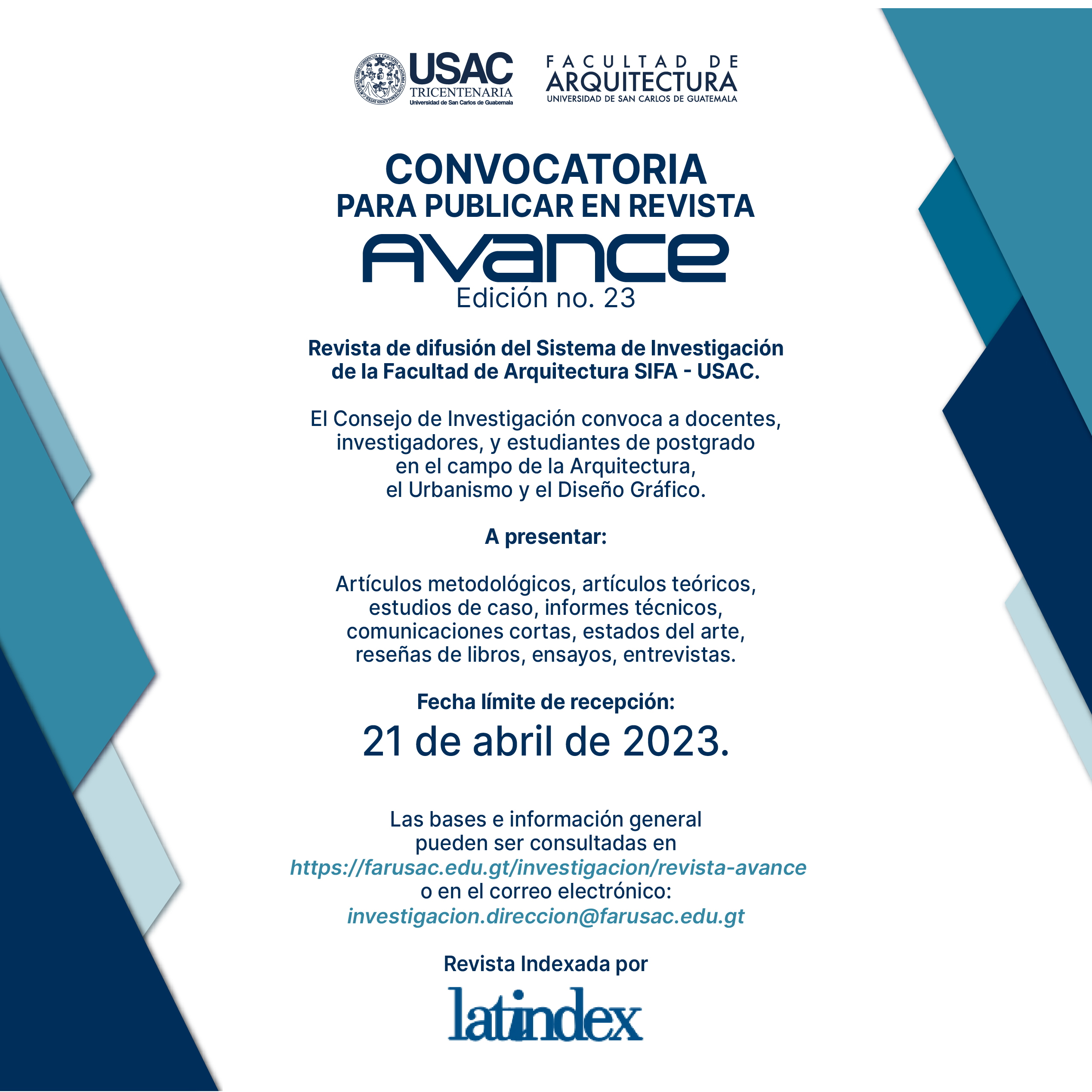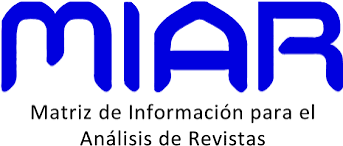Prospective of environmental deterioration and the landscape, as a consequence of the evolution of the human being
Keywords:
Ciudades sostenibles. Diseño del paisaje, cambio climático.Abstract
From the analysis of the historical investigation of humanity developed by Yuval Harari, the purpose of the essay is to review argumentatively and critically the scientific evidence, of the traces that human walking has generated, exceeding the consumption of what nature provides, causing catastrophic impacts on the environment, transforming the appearance and function of natural and urban landscapes, affecting their health and putting their own survival at risk in the medium and long term. There is insufficient achievement in the face of efforts that humanity has been making for 50 years to correct the environmental crisis. 60% of the world population will be concentrated in cities by 2030 and it is where 70% of carbon emissions are currently produced, the urgent thesis is proposed that the United Nations Organization generate a policy to lead countries to Promotion of sustainable and intelligent cities and buildings with landscape design, to help regenerate and protect the environment, allowing a healthy future for human beings and the biodiversity of ecosystems. The permanence of life on the planet will only be possible if the right decisions are made before it is too late.
Downloads
References
Arcadis. The Arcadis Sustainable Cities Index 2022. Prosperity beyond profit. Netherlands: Printed Arcadis. 2022. Edición en PDF.
Carbal Herrera, Adolfo, Carmen Rosales y Estefani Casares. “Cumbres de la tierra entre Río-92 y París 2015: Retos, logros y fracasos en el alcance de un desarrollo sostenible”. Revista GERENCIA LIBRE Volumen 3 (Dic 2016 - Nov 2017): 25-34. ISSN: 2422 – 1732. Facultad de Ciencias de la Educación de Universidad Libre, Bogotá. Versión PDF.
CEPAL. “El rol de los recursos naturales ante la pandemia por el COVID-19 en América Latina y el Caribe”. Enfoques 4 de agosto de 2020. Acceso 19 de mayo de 2023. https://www.cepal.org/es/enfoques/rol-recursos-naturales-la-pandemia-covid-19-america-latina-caribe
Consejo Verde de la Arquitectura y el diseño de Guatemala. Modelo integrado de Evaluación Verde (MIEV), para edificios en Guatemala. Guatemala: Segunda Edición, octubre 2017.
C40 Cities. “C40 Cities: Grupo de Liderazgo Climático”. Acceso 16 de mayo de 2023. https://www.c40.org/cities/
Gómez Cotta, Carmen, “Las 10 ciudades más verdes del mundo”. Revista digital ETHIC 11 (2019): Snp. https://ethic.es/
Harari, Yuval Noah. De animales a dioses, breve historia de la humanidad, Título original: From Animals into Gods: A Brief History of Humankind. Barcelona: Penguin Random House Grupo Editorial, traducción Joandomènec Ros, 2014, Edición en formato digital, M.I. maqueta, S.C.P.
IPCC. Cambio Climático 2022: Impactos, Adaptación y Vulnerabilidad. Contribución del Grupo de Trabajo II al Sexto Informe de Evaluación del Panel Intergubernamental sobre Cambio Climático. Reino Unido y Nueva York: Prensa de la Universidad de Cambridge. Cambridge University Press, Cambridge, NY, EE.UU, doi:10.1017/9781009325844, 2022. Edición en PDF.
Martínez Gaete, Constanza, “Ranking 2014: Las ciudades más verdes del mundo según la, Economist Intelligence Unit, UIE”. Revista digital, Plataforma Urbana 23 (2014): Snp. https://www.plataformaurbana.cl/
Naciones Unidas. “Convención Marco de las Naciones Unidas sobre el Cambio Climático (United Nations Framework Convention on Climate Change)”. Acceso 18 de mayo de 2023. https://unfccc.int/
Naciones Unidas. Informe de los Objetivos de Desarrollo Sostenible 2023. Nueva York, Estados Unidos de América: Publicación de las Naciones Unidas emitida por el Departamento de Asuntos Económicos y Sociales (DAES). Edición Especial. ISBN 978-92-1-002493-8, 2023. Edición en PDF
Naciones Unidas. “Objetivos de Desarrollo Sostenible”. Acceso 18 de mayo de 2023. https://www.un.org/sustainabledevelopment/es/2015/09/la-asamblea-generaladopta-la-agenda-2030-para-el-desarrollo-sostenible/#.
National Geographic. “Pristine seas”. Acceso 18 de mayo de 2023. https://www.nationalgeographic.org/projects/pristine-seas/
Organización Mundial de la Salud, OMS. “Tablero de la OMS sobre el coronavirus (COVID-19)”. Acceso 23 de julio de 2023. https://www.who.int/es/emergencies/diseases/novel-coronavirus-2019
Redacción BBC. “Por qué 2030 es la fecha límite de la humanidad para evitar una catástrofe global”. BBC News Mundo, 8 octubre 2018. Acceso el 18 de mayo 2023. https://www.bbc.com/mundo/noticias.
SIMBIOTIA. “Cómo la Biofilia es capaz de mejorar nuestras vidas”. Acceso 16 de mayo de 2023. https://www.simbiotia.com/biofilia/
Strabler, Arthur N. y Alan H. Strabler. Geografía Física. Barcelona, España: Ediciones Omega. Edición española. 1989. Edición en PDF.
The Global Footprint Network. “Earth Overshoot Day”. Acceso 14 de mayo de 2023. https://www.footprintnetwork.org/our-work/earth-overshoot-day/
Vallejo Aguirre, Víctor Manuel, “Las diversas certificaciones aplicables a los edificios sustentables en México”. Revista Multidisciplina, Sección Diseño y Edificación 18 (may-ago. 2014): 29-58. +50693-141174-1-CE. México. Versión PDF.
World Wildlife Foundation, WWF. Earth’s Most Pristine Ecosystems. Switzerland: Almond, R.E.A., Grooten, M., Juffe Bignoli, D. & Petersen, T. (Eds), WWF, Gland. 2017. Edición en PDF.
World Wildlife Foundation, WWF. Living Planet Report 2022, Building a nature-positive society. Switzerland: Almond, R.E.A., Grooten, M., Juffe Bignoli, D. & Petersen, T. (Eds), WWF, Gland. 2022. Edición en PDF.

Downloads
Published
How to Cite
Issue
Section
License
Copyright (c) 2024 Carlos Enrique Valladares Cerezo

This work is licensed under a Creative Commons Attribution-NonCommercial-ShareAlike 4.0 International License.












